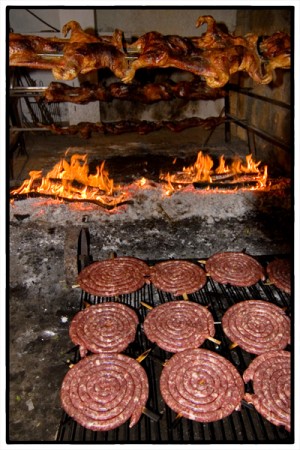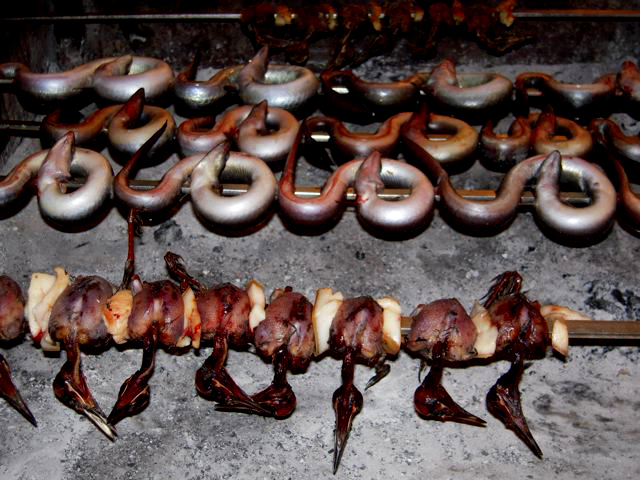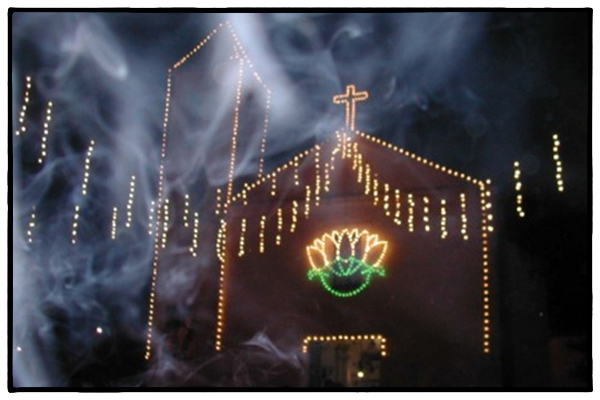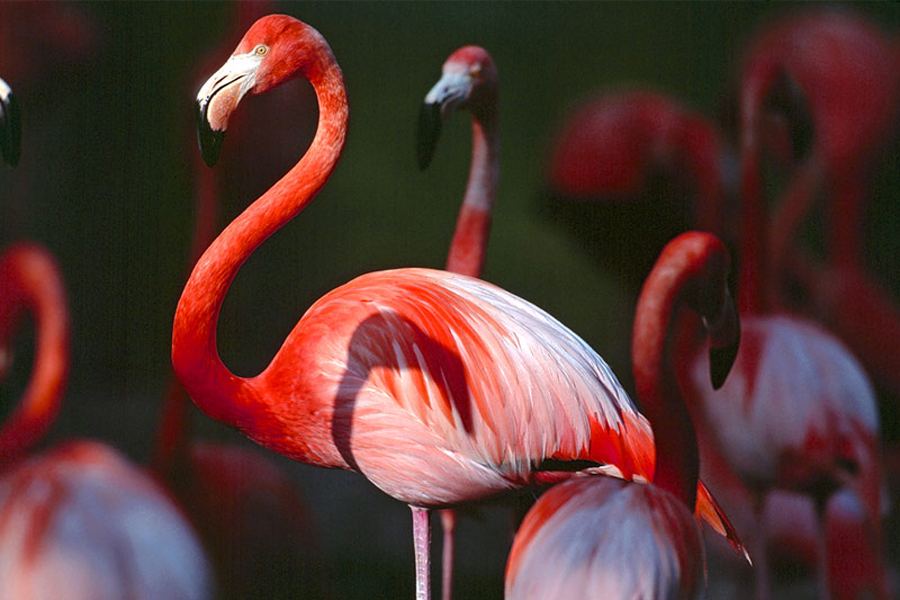If, fifty years ago, Orgosolo was best known for its bandits, today its claim to fame are its murals—hundreds of them, painted on the stone walls and around the doorways and windows of just about every little business in town. They say the first murals were painted by an anarchic group of students known as the Dioniso in the late 60s. Remember this was an incredibly poor region; the populace has always felt ignored by the national government and harassed by the carabinieri. So maybe when the first mural went up, probably overnight, expressing some pissed-off student’s outrage over the conditions of life on Sardinia, instead of painting it over, they left it. They probably thought, You know what, that guy is right. Besides, it’s not a bad painting.
And then maybe another mural went up outside a bar and a week later someone painted a scene on the ancient wall of an old house and before you knew it, there were 20 or 30 murals around the village and Sardinians who used to hurry through this slightly-dangerous little berg started stopping, taking photos, and maybe even buying a cold beer or a wedge of sheep cheese. Unwittingly, the anarchists had kick-started a little tourism, giving the community another way to make a few lira besides kidnapping strangers. Commerce was created.






Recent Comments